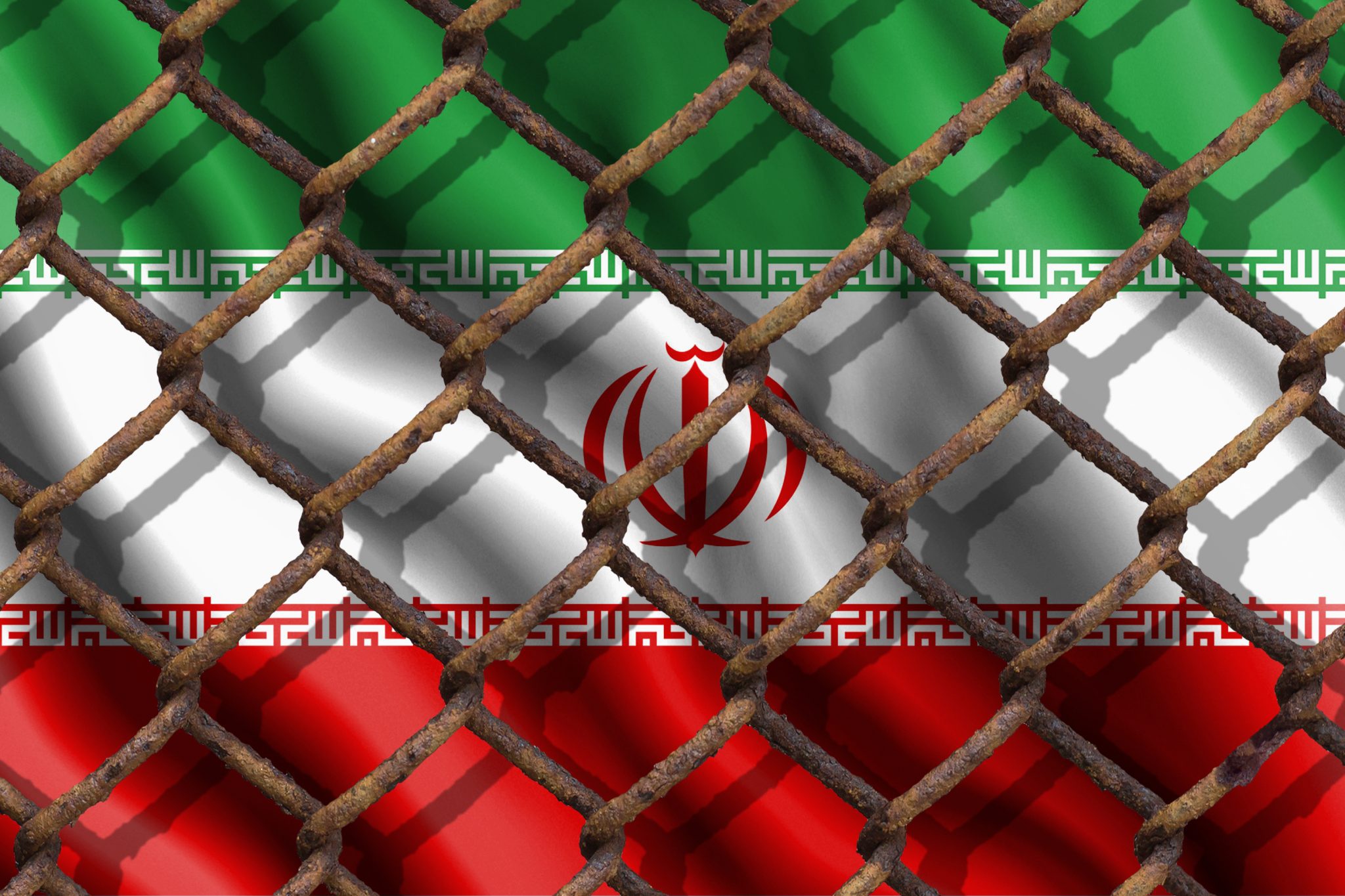Don’t Repeat Trump’s Mistakes with Tehran

With the nuclear negotiations between the United States and Iran at a de facto standstill in Vienna, the Biden administration is now discussing what to do if the talks fall apart. The Wall Street Journal reports that the White House is discussing a tightening of the sanctions pressure on Iran’s oil trade to China, most likely to push the Iranian government into treating the diplomatic process more seriously.
While the talks are still a long way from breaking off, the Biden administration would be wise to walk the path of additional sanctions pressure carefully. Better yet, the White House should avoid walking the path at all.
What U.S. officials are now debating is essentially returning to and strengthening the maximum pressure campaign of the previous administration, a strategy that added a dangerous amount of tension to an already turbulent region.
The U.S. and Iran have been seeking to find a way of returning to the 2015 Iran nuclear deal, which placed verification measures and caps on Iran’s nuclear program in exchange for a significant lifting of U.S. economic sanctions. After several rounds of relatively modest progress since April, the talks have slowed to a crawl since mid-June and are highly unlikely to resume until mid-August, when newly elected President Ebrahim Raisi is sworn in. The chances of the U.S. enticing Iran into a “longer and stronger” agreement were slim with the more moderate Hassan Rouhani in office; now, they’re practically nonexistent. Indeed, there is speculation that Raisi may attempt to restart the negotiations from scratch, hoping to extract better terms from Washington. The Biden administration is getting increasingly frustrated, with a senior State Department official suggesting there may come a point when continuing negotiations is futile.
In the event the talks disintegrate, the U.S. would need to have a Plan B in its holster. It’s far better for Washington to prepare for this scenario sooner rather than later. Why the Biden administration, though, would consider placing its chips on continuing a maximum pressure campaign that has proved counterproductive to U.S. interests is difficult to explain.
When the Trump administration settled on the maximum pressure strategy in the spring of 2018, there was a strong assumption within the national security bureaucracy that the U.S. could essentially force Tehran into a state of surrender. The logic was simple enough: the more economic pressure the Iranian government is under, the more likely the Iranian government would agree to a deal on U.S. terms. “Iran will be forced to make a choice,” then-Secretary of State Mike Pompeo said in a May 2018 speech outlining the sanctions campaign.
Global politics is far more complicated than policymakers in Washington thought. Iran, it turns out, viewed capitulating to its biggest adversary as a far more threatening prospect than weathering years of economic pain.
U.S. secondary sanctions had an enormously negative economic impact on the Iranian government, cutting Iran’s oil exports by 76 percent between 2017 and the end of 2019 and depriving Tehran of as much as $150 billion in revenue. Iran, however, wasn’t a helpless bystander. Rather than come crawling to the negotiating table as U.S. officials expected, Tehran responded by breaching enrichment limits under the nuclear deal and adopting a far more aggressive (one could say reckless) foreign policy in the Middle East. Iran increased its stockpile of enriched uranium ten-fold, both to register its displeasure with U.S. policy and to strengthen its own leverage.
Most consequentially, however, the chances of a war between the United States and Iran went up considerably after the U.S. maximum pressure policy was put into effect. Iran became increasingly more brazen in utilizing what leverage it had, with its militia proxies in Iraq the crown jewel of Iran’s retaliation playbook. If cooler heads didn’t prevail in the heat of the moment, the U.S. and Iran could have stumbled into a violent, wholly unproductive armed conflict in January 2020.
Fortunately, the U.S. was able to avoid a war. But given the history, it’s hard to see why the Biden administration would want to tempt fate again by resuming a maximum pressure policy that sowed the seeds of more tension. This is especially perplexing when President Biden is attempting to close Washington’s long, inglorious chapter in the Middle East.
As U.S. officials have said openly, the nuclear negotiations are not dead. If there comes a point in time when diplomacy with Iran does in fact collapse, the U.S. must have a Plan B ready. Returning to the table in pursuit of a smaller deal that trades fewer nuclear concessions for a lesser degree of sanctions relief is one possibility. Going beyond the nuclear file and establishing a practical dialogue on risk reduction measures in the Persian Gulf is another. The U.S. should also act in its own self-interest by withdrawing the approximately 3,500 U.S. troops still deployed in Syria and Iraq, which would minimize the prospects of Washington getting into a wider fight with Iran and its militia proxies.
What the U.S. should not do, however, is revert back to a failed strategy. And nothing says failure like maximum pressure.
Daniel R. DePetris is a fellow at Defense Priorities and a foreign affairs columnist at Newsweek.
Comments